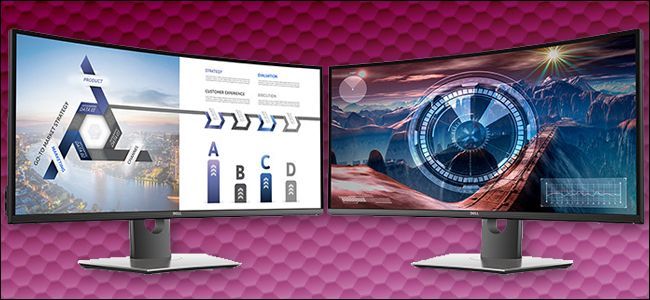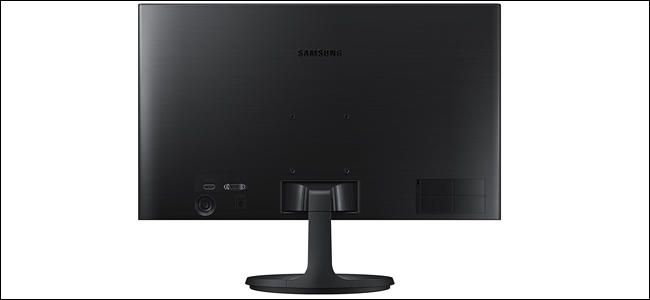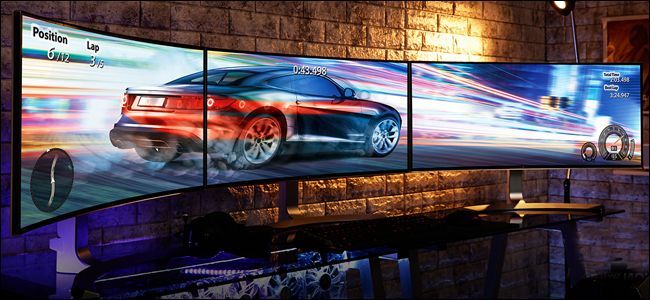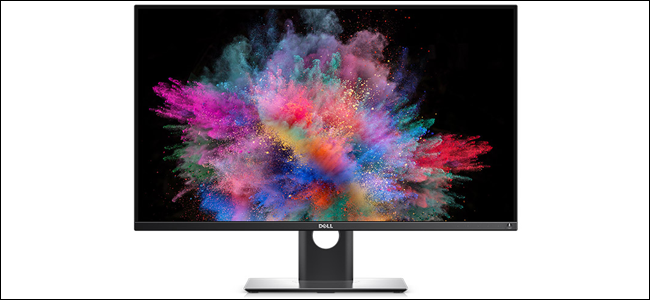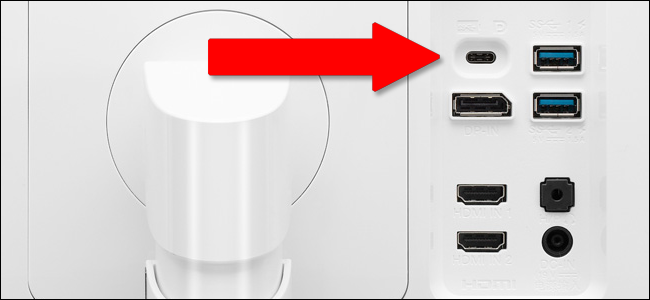Quick Links
Whenever you plan a new purchase, you want to make sure you're buying it at an ideal time---nobody wants to be the sucker who put a down payment on that brand new sports car a month before it was replaced with a new model. So it is with PC monitors...albeit on a slightly smaller scale. So, is now (summer 2017) a good time to purchase one or more for that perfect desktop setup?
Short answer: Yes! There are a lot of options right now, from small and serviceable to huge and high-resolution, with plenty of deals to be had in all segments. The next big leaps forward in monitor technology, 8K resolution and OLED panels, are still several years away from widespread adoption.
Monitor Prices Are Low and Stable
Monitors are always surprisingly fluid in price, even for consumer electronics. At the moment, there are plenty of new options to choose from, as well as older models (up to three years on the shelf) that can be found in new conditions for a discount. If even that's not inexpensive enough, there's a decent supply of refurbished options, though buying a refurbished monitor is more tricky than with other types of electronics, due to a higher likelihood of dead or "stuck" pixels on the display panel.
There's a lot of competition in the monitor space, too. Dell and Samsung seem to be the perennial picks for the best models available, including a wide range of price points and premium options like 4K resolution, ultrawide format, curved panels, and extreme color accuracy. Even so, there are plenty of alternatives from brands like ASUS, Acer, LG, and HP, often priced competitively to move against the larger players. Shop around on deal sites and daily bargain pages and you'll be amazed at what you find---even larger panels at up to 30 inches can be had for under $300 USD.
Remember, if you're shopping for a multiple-monitor setup and you want to be able to use a custom stand or a permanent wall mount, you'll want a monitor that's compatible with a 100x100mm VESA mount.
Current Technology Serves the Market Well
At the moment there are monitors to fit just about every possible taste and application, from small and serviceable to big and bombastic. 20 to 23-inch 1080p panels, more than good enough for standard web surfing, office work, and HD video, can often be found hovering around the $100 mark. Larger panels with the same resolution and without fancy extras like a wide-angle IPS panel or USB 3.0 hubs are the "sweet spot" of the current market, offering big screen real estate at a fraction of what they used to cost.
Specific use case scenarios are also well-supported. Color accurate IPS panels are easy to find at any size, stylish slim-bezel and curved models are offered by the big manufacturers, larger panels with 4K resolution can be had for less and less money, and super-premium models that combine all of the above features aren't especially hard to come by. Perhaps the most dramatic segment right now is the ultra-wide gaming monitor, typically 29-34 inches wide with a 21:9 aspect ratio. It's possible to spend more than a thousand dollars on one of these behemoths...but discounted models can also be found for $400 or less.
Premium gaming-specific features like G-SYNC or FreeSync and ultra-fast 144Hz refresh rates are still exclusive to "gaming" models, though, and anyone looking for an appropriate complement to a high-end gaming PC should be prepared to spend at least $400 on a new monitor.
The Next Advancements Are Several Years Away
There are two big shifts on the horizon for monitor technology: higher resolution and new panels. Organic Light-Emitting Diode display tech (OLED) is currently being perfected on premium televisions and smartphones, not to mention a few high-end laptops. But despite OLED's vivid color reproduction and perfect black levels, it's been slow to arrive to the monitor market, with only media industry models from Sony and one Dell model so far manufactured. Why isn't particularly clear, but pundits speculate that a lack of immediate demand and problems with burn-in (an afterimage left following static screen elements like the taskbar) are making OLEDs less attractive for monitor manufacturers at the moment.
Dell's only OLED monitor costs a staggering $5000 at the moment.
Ultra-high resolution models are likewise niche. 4K panels can be had startlingly cheap, but with the exception of professional photographers and graphic designers, 5K and 8K resolutions simply don't have that much appeal. Aside from a surprising lack of video content to actually watch on those screens, current video game tech doesn't perform well at these ultra-high resolutions, and Windows has trouble making basic programs and fonts look presentable even at 4K.
Dell seems to be testing the waters in both of these areas, with a 30-inch OLED 5K monitor and a 32-inch 8K version with an older IPS panel. These Ultrasharp models are $3500 and $5000, respectively. So unless you're planning on selling a kidney to get that new desktop display, odds are you're unlikely to experience buyer's remorse any time in the next two to three years.
If you're going to hold out for anything, it might just be Thunderbolt support. The Thunderbolt 3 specification allows video to be carried over a single USB Type-C cable, along with audio, data, and power. These ports are still quite rare on monitors (most people make due with adapters). But with more and more laptops coming with a standard USB-C port with video out, expect to see more models with USB-C video input (and possibly even power delivery) hit the market over the next year.

